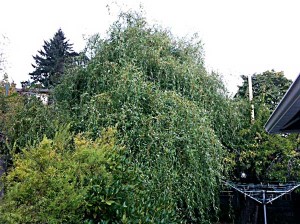 Some Western Red Cedars are under serious stress in these recent drought like conditions over the summer. And in fact, some are actually dying. If you have a red cedar on your property, please check it out, particularly if it is close to your house.
Some Western Red Cedars are under serious stress in these recent drought like conditions over the summer. And in fact, some are actually dying. If you have a red cedar on your property, please check it out, particularly if it is close to your house.
If you have any concerns whatsoever, we are qualified to do dangerous tree risk assessment. Please call us at (250) 748-4489.

